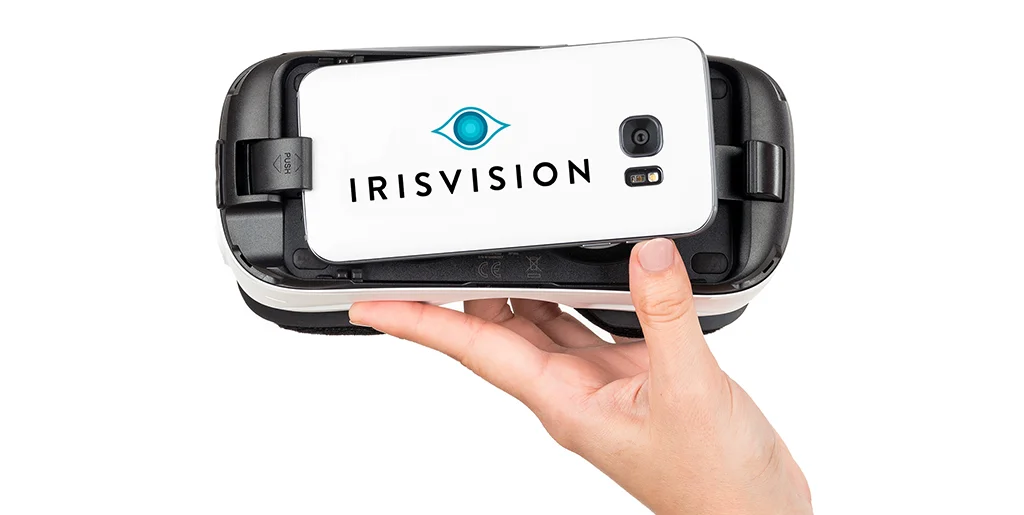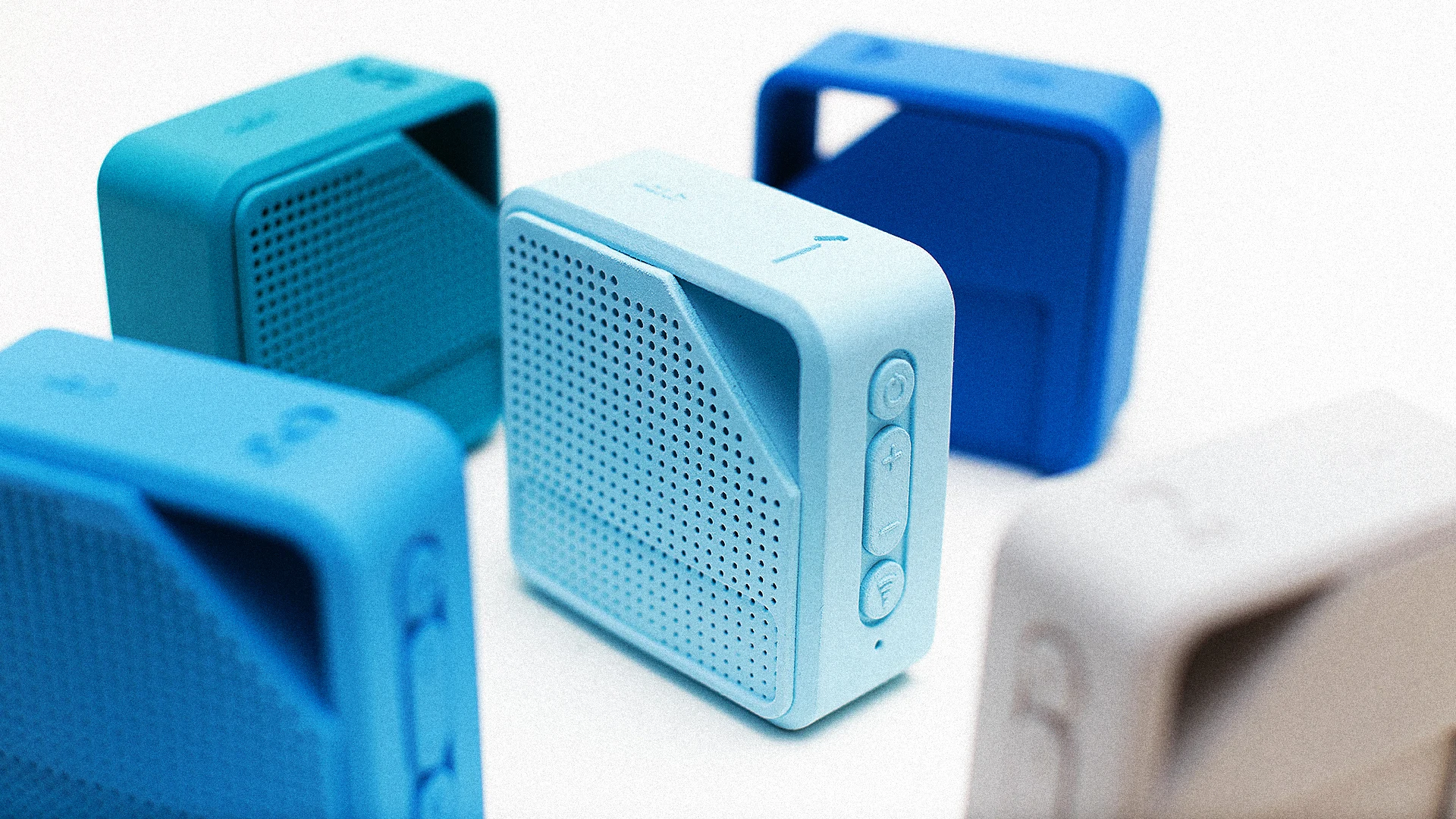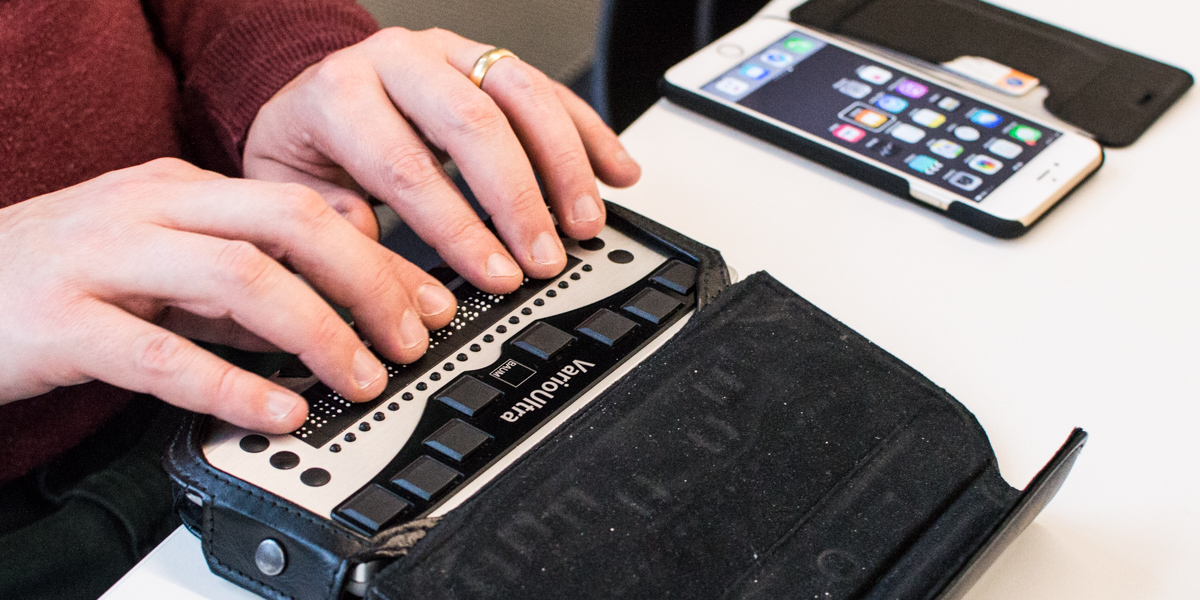Screen Readers for the Blind: Essential Tools for Digital Access
Screen Readers for the Blind: Essential Tools for Digital Access
Blog Article
Discover Ingenious Devices Created for the Aesthetically Impaired
The advancement of innovative tools for the aesthetically damaged stands for a substantial improvement in availability and freedom. Technologies such as wise glasses with AI capacities and mobile applications developed to supply auditory descriptions are improving day-to-day experiences for customers.
Smart Glasses for Navigating

Smart glasses created for navigating are revolutionizing the method aesthetically damaged people communicate with their setting. These advanced tools utilize a combination of video camera modern technology, expert system, and acoustic responses to provide real-time information about environments. By employing obstacle detection systems, clever glasses can inform customers to prospective hazards, making it possible for much safer wheelchair in both acquainted and strange setups.
The integration of GPS innovation even more enhances navigation abilities, permitting customers to receive acoustic instructions as they relocate. This hands-free strategy not only cultivates freedom but additionally encourages aesthetically impaired individuals to navigate metropolitan landscapes with raised self-confidence. Furthermore, lots of clever glasses are equipped with features that identify spots and road indications, giving contextual details that boosts the user experience.
Moreover, the growth of these gadgets is continuously progressing, with business working to enhance the accuracy of object recognition and expand the series of navigational functions. As wise glasses become extra obtainable and budget friendly, they hold the possible to substantially transform every day life for visually impaired users. Eventually, these innovative tools stand for an essential action toward inclusivity, offering boosted movement and a greater feeling of freedom for individuals browsing the world around them.

Mobile Apps for Daily Living
Just how can mobile applications boost the lives of aesthetically damaged people? Mobile apps are reinventing the way visually damaged customers browse their settings, handle everyday jobs, and access info. These applications give important assistance through numerous capabilities, cultivating freedom and boosting lifestyle.
Numerous ingenious mobile apps are created specifically for everyday living. As an example, apps like Be My Eyes attach aesthetically damaged individuals with sighted volunteers by means of video clip telephone calls, allowing them to receive real-time assistance with jobs such as checking out tags or navigating unknown areas. Likewise, Seeing AI, developed by Microsoft, makes use of expert system to explain surroundings, reviewed text, and determine items, effectively changing a smart device into a powerful tool for day-to-day assistance.
Furthermore, navigation apps customized for the visually impaired, such as Aira and BlindSquare, supply audio-based directions and ecological information, making it possible for users to traverse their environments safely and with confidence. Past navigation and prompt support, mobile applications likewise support organization and job monitoring, with features that assist individuals set tips, create order of business, and track visits. In recap, mobile applications offer as essential sources, encouraging aesthetically impaired individuals to lead more independent and satisfying lives.
Wearable Technologies for Assistance
Empowerment through innovation is increasingly apparent in the world of wearable tools made to assist visually impaired individuals. These ingenious devices incorporate flawlessly into day-to-day live, boosting navigation and offering crucial responses to users. For example, clever glasses geared up with cams can identify faces and read text aloud, enabling users to interact more confidently in social and professional settings.
An additional significant improvement is making use of haptic comments systems in wearable devices. These systems utilize resonances or other responsive signals to share info concerning the user's setting, such as obstacles or changes in terrain, enhancing movement and safety. Wearable technologies likewise consist of wristbands that link to mobile phones, notifying users to notices through subtle resonances, therefore enhancing connectivity without reliance on visual hints.
As these technologies proceed to progress, they are not only improving freedom for visually impaired individuals yet also cultivating a greater feeling of addition in society. By connecting the void between difficulties faced in daily living and the potential for freedom, wearable innovations act as pivotal devices in the quest for equality and empowerment for those with aesthetic disabilities.
Sound Description Devices
Sound summary devices play a crucial function in boosting ease of access for aesthetically damaged people, supplying them with the capacity to involve with visual media. OCR devices for the blind. These tools supply narrated summaries of essential aesthetic aspects in films, television programs, and live performances, making certain that users can completely comprehend the context and feelings conveyed through visuals
Audio description can be integrated right into different systems, consisting of streaming solutions, movie theater testings, and live theater. Several popular streaming solutions currently include audio description as an availability attribute, enabling customers to choose it optical glasses conveniently. Along with mainstream media, specialized apps also exist, giving audio summaries for art exhibitions, galleries, and various other cultural occasions.
The performance of audio description rests on the ability of the storytellers, that have to share aesthetic information succinctly without detracting from the original audio. Developments in this field are likewise leading the means for even more tailored experiences, where users can readjust the level of detail and pacing according to their preferences.
Braille Innovations and Devices
Braille developments and devices have actually significantly changed the method visually damaged individuals connect with text and information. Modern innovations have led to the advancement of flexible tools that boost proficiency and self-reliance amongst individuals.
Additionally, mobile Braille notetakers incorporate typical Braille input with modern-day capabilities, promoting note-taking, scheduling, and click for info paper modifying on the move. Wearable technology for low vision. These small devices frequently include text-to-speech capabilities, bridging the space between Braille and auditory information
Furthermore, innovative Braille printers have actually arised, enabling users to generate Braille labels, documents, and academic products effectively. This availability cultivates higher involvement in instructional and specialist atmospheres, eventually promoting inclusivity.
In addition, research study into clever Braille innovations remains to broaden. Instruments that integrate expert system are being explored to give real-time navigation support and contextual details, boosting the individual experience in diverse inexpensive eyeglasses settings. On the whole, these advancements reflect a dedication to empowering aesthetically damaged people through modern technology, ensuring they can easily gain access to and engage with the globe around them.

Verdict
The advancement of cutting-edge tools for the aesthetically damaged considerably boosts self-reliance and top quality of life. These innovations not only foster better incorporation yet also advertise freedom in everyday tasks, eventually contributing to a more fair and obtainable culture for visually damaged individuals.
As wise glasses come to be much more inexpensive and obtainable, they hold the potential to substantially change daily life for aesthetically impaired individuals. Mobile applications are reinventing the means visually damaged individuals navigate their atmospheres, take care of everyday tasks, and gain access to details. Apps like Be My Eyes link aesthetically damaged users with sighted volunteers by means of video telephone calls, allowing them to get real-time help with tasks such as checking out tags or browsing strange rooms.In addition, navigation apps customized for the visually impaired, such as Aira and BlindSquare, use audio-based instructions and environmental info, making it possible for individuals to traverse their environments securely and confidently.The advancement of cutting-edge devices for the aesthetically impaired substantially enhances self-reliance and quality of life.
Report this page